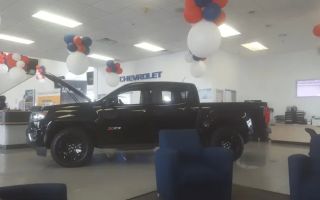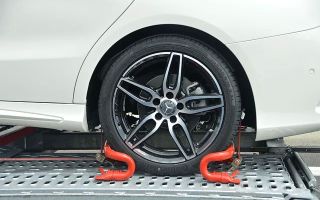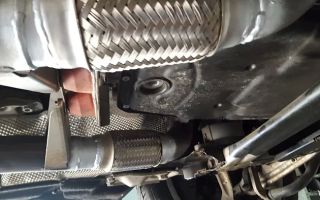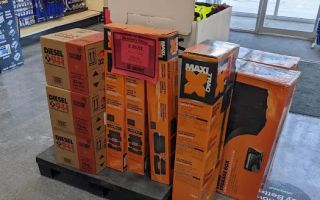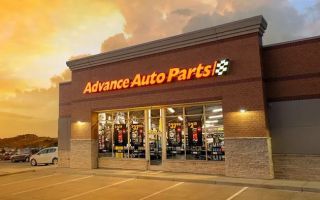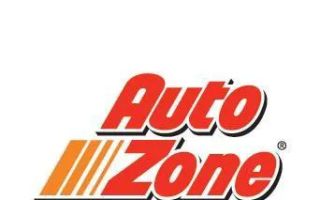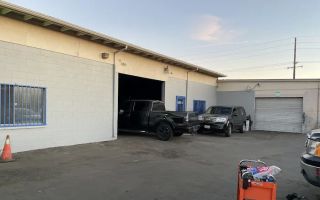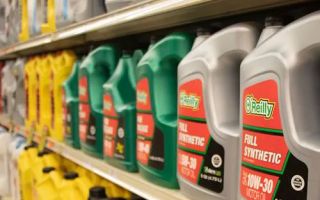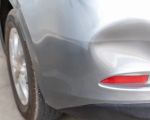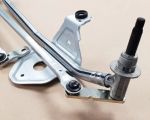A Comprehensive Guide to Understanding the Different Types of Towing Equipment Used
- Types of Towing Equipment
- Flatbed Towing Equipment
- Wheel Lift Towing Equipment
- Dolly Towing Equipment
- Rotator Towing Equipment
- How to Choose the Right Towing Equipment
Types of Towing Equipment
Towing is an essential service that helps drivers in times of need, whether it’s for a vehicle breakdown, an accident, or to transport a car from one location to another. Understanding the different types of towing equipment used can help you choose the best option for your needs. In this guide, we’ll explore the main types of towing equipment available today, from flatbeds to specialized tow trucks.
The type of towing equipment used will depend on the size, weight, and condition of the vehicle being towed. Whether you're in need of standard towing services or have a more complex situation, it's crucial to choose the right equipment to avoid further damage to your vehicle and ensure a smooth experience.
Flatbed Towing Equipment
Flatbed tow trucks are among the most common and versatile types of towing equipment. This method is ideal for towing vehicles that cannot be safely driven or vehicles that need to be transported over long distances without risk of damage. The vehicle being towed is driven or lifted onto a flat platform, which is then lowered to the ground or raised with a hydraulic system for transport.
Flatbed towing is perfect for luxury cars, motorcycles, or any vehicles with low ground clearance. It’s also used for vehicles involved in accidents or damaged vehicles that cannot be driven safely. A flatbed ensures that the vehicle is fully off the road, minimizing the risk of further damage during transport.
One real-life example comes from a client who needed to transport their luxury car after an engine failure. With a flatbed tow truck, their car was safely loaded and secured, arriving without any scratches or dents, thanks to the gentle loading and unloading process.
Wheel Lift Towing Equipment
Wheel lift towing is another popular option that uses a hydraulic lift to raise the vehicle by its wheels. The front or rear wheels of the vehicle are lifted off the ground, while the remaining wheels stay on the road. This method is quick, efficient, and less expensive compared to flatbed towing, especially for smaller vehicles.
Wheel lift towing is perfect for situations where a vehicle needs to be moved a short distance, or when the vehicle is still operable but requires some assistance. It’s commonly used for passenger cars and light trucks that don’t have major damage or a mechanical issue preventing them from driving.
For example, one customer called for wheel lift towing when their vehicle experienced a flat tire on a busy highway. The tow truck quickly lifted the front wheels, allowing the vehicle to be safely driven to a nearby service station for repairs.
Dolly Towing Equipment
Dolly towing uses a specialized device that lifts one axle of a vehicle off the ground, while the other axle remains on the road. This type of towing is often used for front- or rear-wheel-drive cars, especially in situations where flatbed or wheel lift towing isn’t available. The dolly system allows the vehicle to be safely towed with minimal damage to the drivetrain.
While dolly towing is less common than flatbed or wheel lift towing, it’s an ideal choice for certain situations. For example, a driver with a non-operable car might use a dolly to transport their vehicle to a mechanic for repairs, provided that the car’s axle can safely be lifted.
Rotator Towing Equipment
Rotator towing is a specialized type of towing equipment designed for large vehicles, such as buses, trucks, and other oversized vehicles. These tow trucks are equipped with a powerful rotating boom that can lift and rotate heavy loads. The rotator allows for complex towing operations, such as lifting large vehicles from the scene of an accident or off of difficult terrain.
One notable example is a roadside incident involving a large truck that had overturned. A rotator tow truck was used to carefully lift and rotate the truck back onto its wheels, minimizing further damage and making the situation safer for all involved.
How to Choose the Right Towing Equipment
Choosing the right towing equipment for your vehicle depends on several factors, including the size, weight, and condition of the vehicle being towed. Here are some tips to help you make the best decision:
- Vehicle Size and Weight: Heavier and larger vehicles may require flatbed towing or rotator towing, while smaller cars can often be towed using wheel lifts or dollies.
- Condition of the Vehicle: If your vehicle is damaged or inoperable, flatbed towing is usually the safest option to prevent additional harm.
- Distance to Be Towed: If the vehicle needs to be transported a long distance, flatbed towing is ideal, while wheel lifts or dollies are better for short-distance moves.
- Budget Considerations: While flatbed towing offers the most protection, it’s also the most expensive option. If cost is a factor, wheel lift or dolly towing may be more affordable for less critical situations.
Ultimately, choosing the right towing equipment requires assessing both the needs of your vehicle and the level of service required. Speak with your towing service provider to ensure that you select the most appropriate equipment for your situation.
For professional towing services and expert advice on selecting the right towing equipment, visit Rescue & Towing. Our team is equipped with the latest towing equipment to handle all your roadside needs with care and efficiency. Learn more about our towing options and get assistance today!

